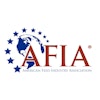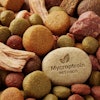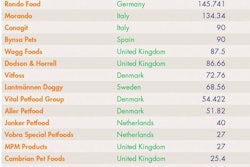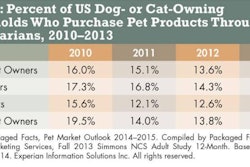
The petfood industry is one with the widest of audiences to market to. Nearly every demographic that may come to mind has pet owners among it, and each is deserving of the time and effort (and money!) it takes to make its members feel like they’re being spoken to personally. But how best to use those budgeted marketing dollars, and who best to spend them on?
The Baby Boomer generation generally refers to those born between 1946 and 1964—the first babies in this group were born in the wake of the end of World War 2. Today, the oldest Boomers are in their late 60s, and the youngest among them will turn 50 this year (2014). According to the US Department of Commerce, Bureau of the Census, today this generation makes up 28% of the US population. They are also the most affluent and largest-growing segment of pet parents.
According to the AARP, 36% of those in the US who are 50 or older own dogs. Twenty-four percent in that demographic own cats, and 7% own some other pet.
“Baby Boomers are the generation responsible for humanizing our pets, to the point that over 90% of Americans [now] consider them to be family members,” says Kristen Levine, president of Fetching Communications, PetPR.com and Pet Living. “Essentially, they helped to bring pets from a dog house or porch in the yard, to sharing all the comforts of home indoors. As a whole, they control approximately 65%–70% of the US net worth, and they have US$2.5 trillion dollars in spending power.”
The Boomers are using that power to outspend younger pet parents and ensure their furry family members are well taken care of. Seventy-three percent of Boomer pet owners spend US$50 or more per month on pet supplies, including petfood. “The average Boomer sees their pet as an extension of themselves,” says Levine. “They may be empty nesters who still want to nurture, love and care for someone. A pet fulfils that need.
“Also, the divorce rate among boomers is 50%, so many are single or starting new relationships," she says. “Pets are wonderful companions and silent confidants to boomers going through these transitions in life. They treat their pet the way they’d treat their children. They want what’s best for their pet and they typically have the time and financial resources to do so. They are more likely to feed their pet a premium or super premium diet, give them the best veterinary care, possibly specialty veterinary care, and they are more likely to use luxury pet services such as grooming, spas and doggy day care.”
According to a 2013 Vibrant Nation (an online community for women over 50) survey, “Pet Owner Survey 2013,” 100% of respondents considered their pets to be full members of the family—a bold statement of Boomer pet interests. Pet parents who responded to the survey are interested in premium petfood, products and services, with 46% wanting better nutrition for their pets and 12% wanting better-quality petfood overall.
It’s clear that Boomers have a market presence to be reckoned with—but what’s the best way to get through to them? According to the AARP, 92% of adults ages 50 and up in the US watch TV weekly—86% have watched cable and 15% have watched premium channels—but that’s not the only way to reach them. A full 90% of Boomers use the Internet, and 52% have interacted with a brand online. Their preferred method of communication with a brand online is through that brand’s website (98%).
On the other end of the spectrum, even more traditional media isn’t off the table when it comes to reaching Boomers. “While Boomers are the fastest-growing digital marketing audience, they are still, in many instances, more likely to rely on traditional media for information, such as print newspapers, magazines, television and radio,” says Levine. “However, 70% of Boomers use social media on a daily basis, so marketers can expect to engage with boomers online.
“Boomers like to research before purchasing and will educate themselves, often online before making purchasing decisions,” she says. “They appreciate coupons, discounts and loyalty programs. The best ways to reach Boomers include making content available online, email, television, print publications and in store merchandising/POP. Younger boomers are more digitally engaged, so there’s not necessarily a single ‘best way’ to reach them all.”
The Boomer market, like all others, is aging. But they’re closer than anyone else to the age (70) when pet ownership begins to sharply decline. Still, the long-term Boomer outlook has potential. “Today’s boomers are anywhere from one to 20 years away from exiting the role of pet parenting,” says Levine. “This gives marketers a healthy, long-term outlook, at least for the younger half of boomers, to keep them spending in our market. But it would behoove the pet food industry and other areas of the marketplace to help to find ways to keep pets and boomers together after age 70.
“How can we make pet keeping more convenient, affordable and enjoyable as people age? The benefits of the human animal bond are so valuable as we age, so it would be terrific for all parties involved—pets, pet lovers and the pet industry—if we can find ways to keep this winning combination together, longer.”



















